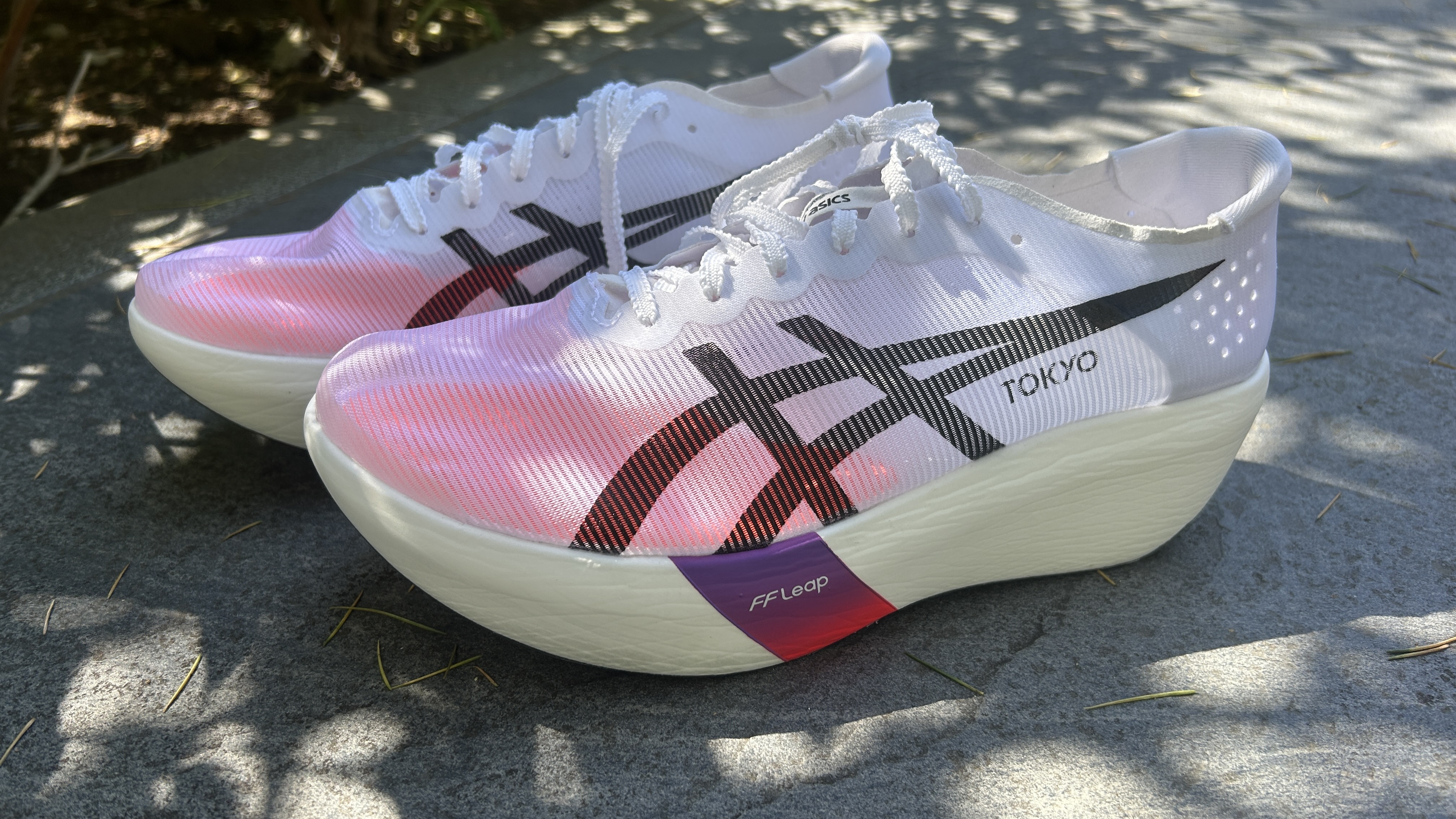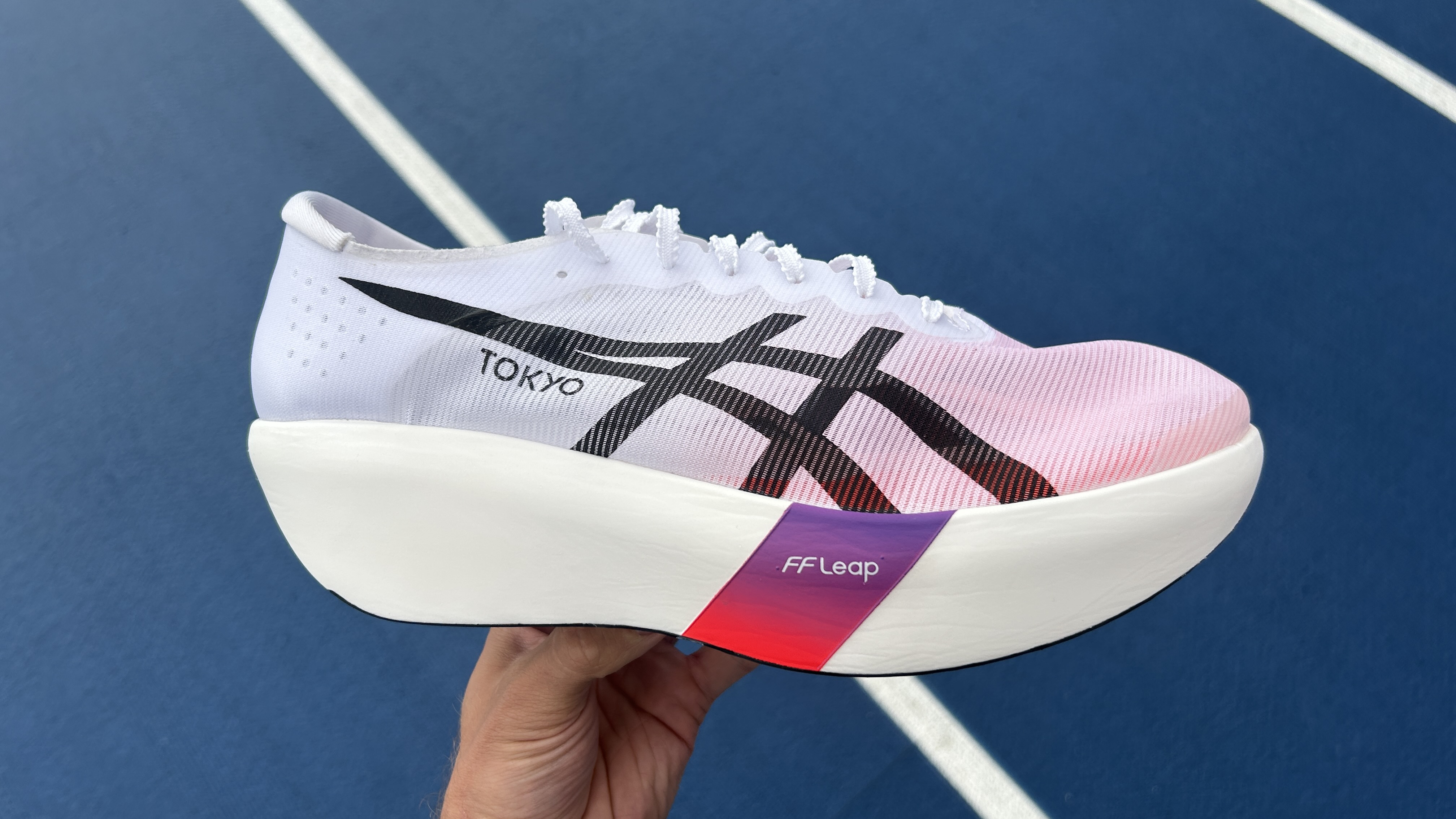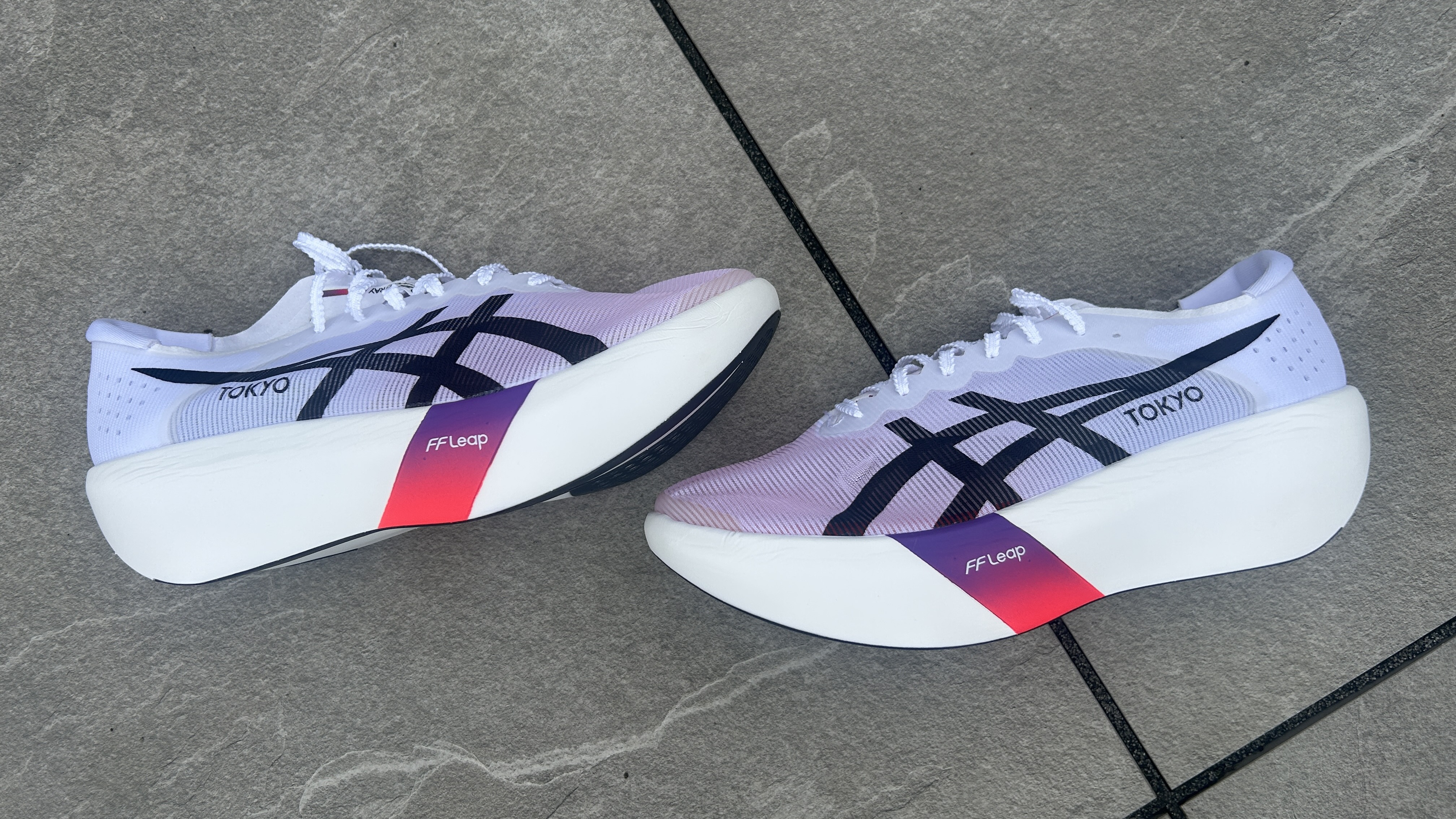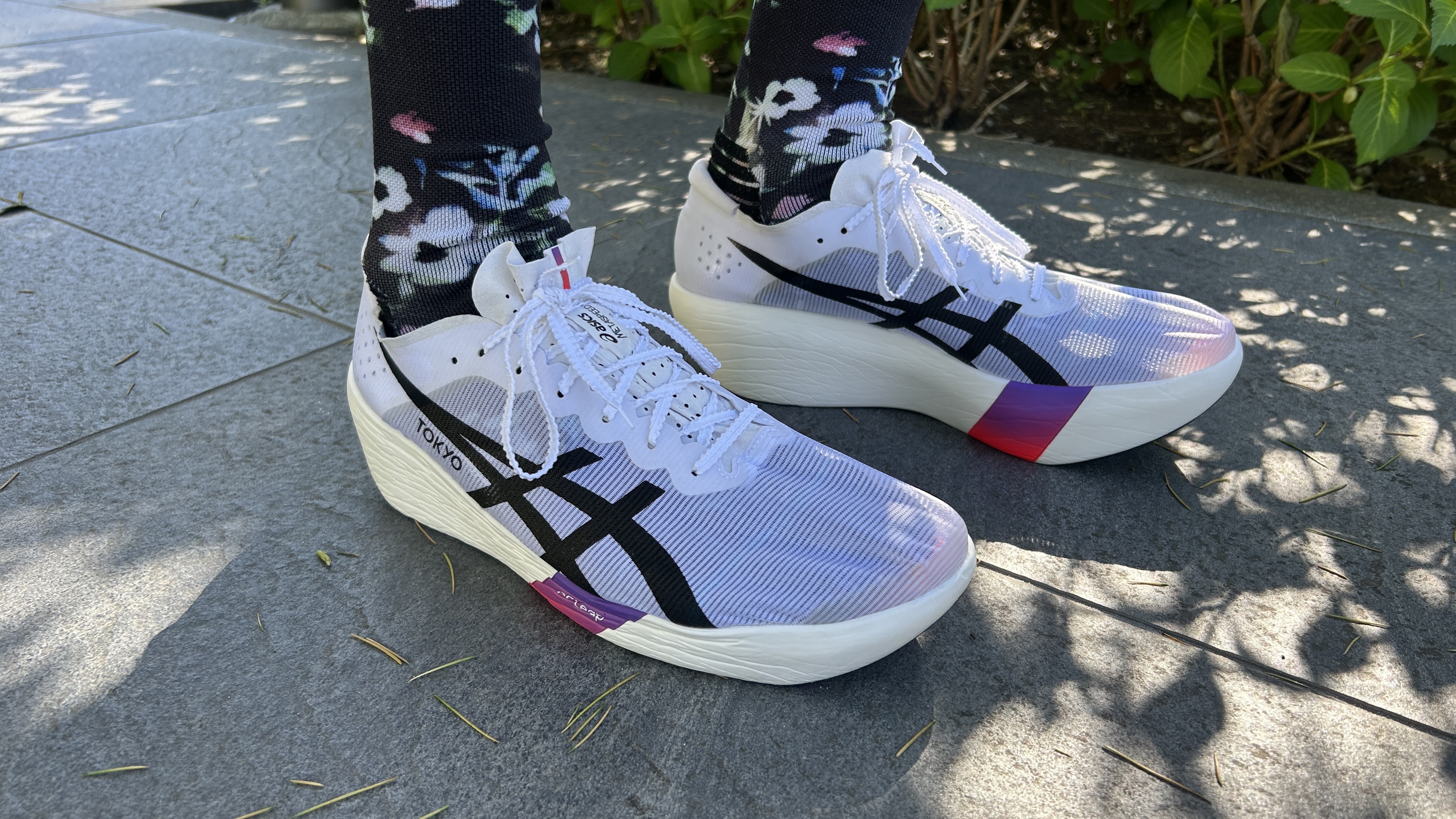I first got my hands on and feet into the Asics Metaspeed Ray at its launch event in Tokyo earlier this year, and it’s a staggeringly light shoe.
At just 4.8oz in my US men’s size 10, it’s almost 2oz lighter than the Asics Metaspeed Sky Tokyo, which itself is lighter than almost all of the best carbon plate running shoes.
It’s not just built to be light either; the Metaspeed Ray aims to be the speediest shoe on the market. It has a high stack of springy foam and a carbon plate to help you run faster and more efficiently.
The Asics Metaspeed Ray is set to go on sale on August 12th 2025, and will cost you $300 / £265. I’ll be testing out the shoe thoroughly to see if it’s worth that high price, but here are my main takeaways from a first run in the shoe.
The lightweight design is immediately noticeable

I’ve tested a lot of carbon plate super-shoes in the past few years and all of them are designed to be very light, as you’d expect in a racing shoe.
However, the Metaspeed Ray did feel notably lighter even than shoes like the Puma Fast-R Nitro Elite 3 and Metaspeed Sky Tokyo, and it’s almost 3oz lighter than the Nike Alphafly 3.
This lightweight feel makes it easier to run fast in the shoe, and the Metaspeed Ray still has a midsole stack height that goes up to the 40mm limit at the heel set by World Athletics.
It stands 39.5mm tall at the heel and 34.5mm at the forefoot for a 5mm drop, with the low weight achieved by having a shorter carbon plate than most shoes, plus a minimal outsole and upper, along with using Asics’s FF Leap midsole foam, which is very light.
The midsole foam is very soft and springy

The midsole on the Metaspeed Ray is entirely made from FF Leap, a new foam that’s softer, lighter and bouncier than the FF Turbo+ Asics previously used in its race shoes.
While FF Leap is also used in the new Asics Metaspeed Sky Tokyo and Metaspeed Edge Tokyo shoes, both of those also use FF Turbo+ in the midsole to create a dual-density effect.
Having a full FF Leap midsole makes the Metaspeed Ray a lot softer and springier even than the Sky Tokyo and Edge Tokyo racers.
The fact the plate also only extends from the forefoot to the midfoot also means the heel of the Metaspeed Ray is especially soft.
My heart rate was lower than I expected

For the run I did a 45-minute block at just under 6min/mile pace, and ran just over 10 miles in total in the shoe.
During the 45-minute block I averaged a heart rate of 133bpm, lower than I expected and also lower than when I’ve done similar runs in shoes like the Metaspeed Sky Tokyo and Saucony Endorphin Speed 5 recently.
The bouncy ride of the Metaspeed Ray and its lightweight design made it feel easy to roll through the miles, and it felt like it was taking less effort than normal to hold the pace.
It’s not the most stable shoe

The drawback of the high stack of soft foam in the Metaspeed Ray is that it’s not a stable shoe, and this is exacerbated by the fact it doesn’t have a full-length carbon plate.
In other high stack super-shoes the plate helps to stabilize the wobbly midsole foams, and you lose some of that with the smaller plate in the Ray.
This is especially true when heel-striking in the shoe, as I do, because there isn’t any plate underfoot.
I didn’t mind the wobbliness myself over 10 miles, but it could be more of a problem over longer distances, and if you need extra support from your running shoe then the Metaspeed Ray is not the one to get.
Follow Tom's Guide on Google News to get our up-to-date news, how-tos, and reviews in your feeds. Make sure to click the Follow button.
.png)










 English (US) ·
English (US) ·